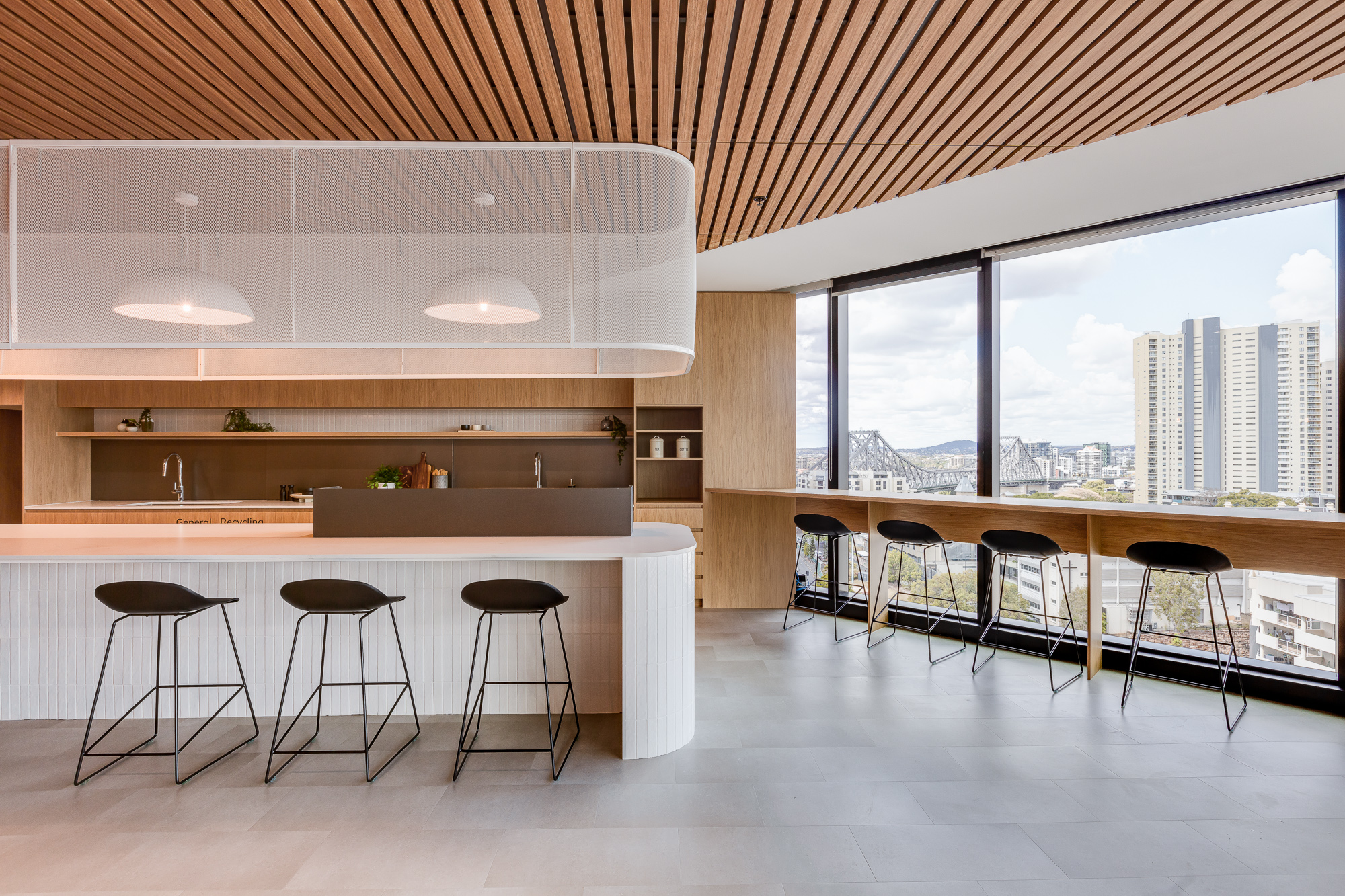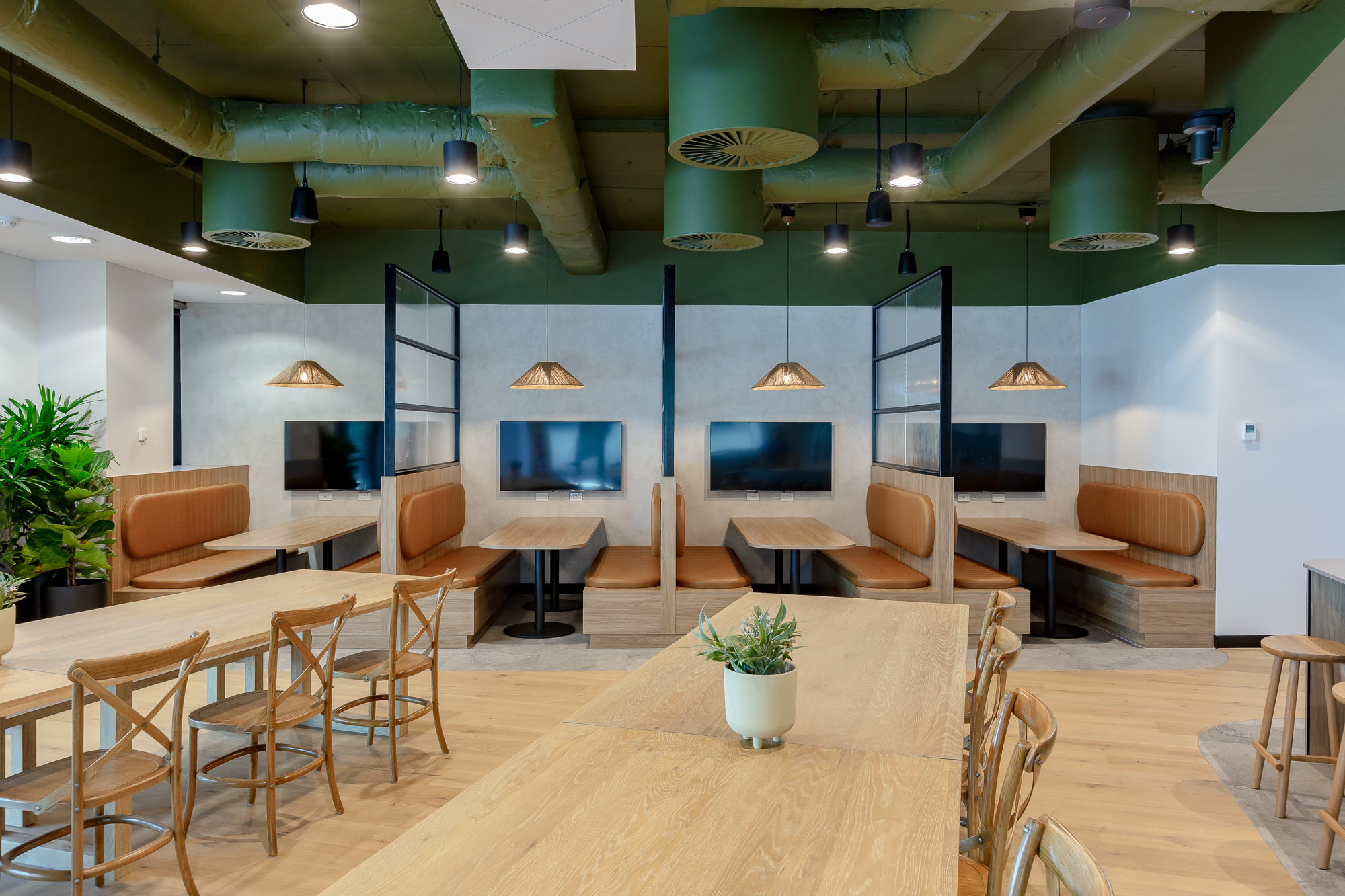Following on from our last blog – should you stay or go? – we delve into the cost considerations when opting to undergo a refurbishment of your existing space or relocating and undertaking a fit-out in a new space.
A recent in-house engagement survey indicated that 88% of companies perceive their office fit-outs as contributing positively to employee happiness, staff retention, and productivity.
While there is no one-size-fits-all answer to how much an office fit-out will cost, factors to be considered when planning a new fit out or renovation are location, size of the tenancy, complexity of the design, IT/AV requirements, acoustics, material selections and long lead times that affect program and possible sustainable selections which may have larger capital cost but overall lower operational costs.
Factors that could increase costs
– Glazing
– Mechanical
– Stone
– Zip taps
– AV
– Multiple meeting rooms / partitioning
Factors that could minimise costs
– Laminate
– Ceiling grid
– Careful design to cater only for what you require
– Open plan spaces
High end fit-out example
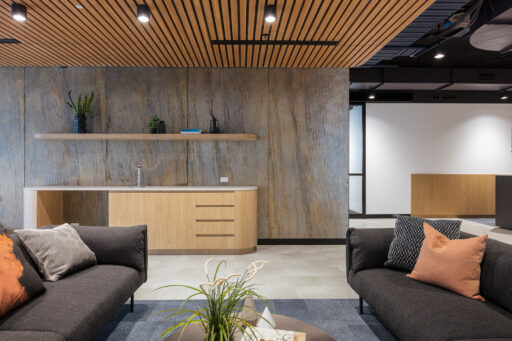
Mid-Range fit-out

Refurbishment –
Refurbishing your office space allows you to retain your location however can involve a lot of planning, designing, construction, and disruption to your business, which can be costly in both short-term and long-term perspectives.
The scope of renovation also significantly impacts costs. Mainly cosmetic upgrades such as painting, signage or updating flooring and furniture with limited joinery will generally incur lower expenses compared to structural modifications and installing advanced technology.
The quality of materials chosen for the refurbishment can also affect costs. Opting for high-quality, durable materials may initially increase expenses but can lead to long-term cost savings by reducing maintenance and replacement costs.
Relocation –
Relocating your business can be beneficial if you have long-term goals, anticipating growth, and know what you’re after, allowing you to make the most cost-effective choice when deciding where to relocate to.
When surveyed, our clients identified the primary reason for their relocation as their current office no longer aligned with the calibre of their work or the quality of their staff. Lease expiry also emerged as a significant driving factor.
Office spaces usually come as a cold or warm shell. A cold shell fit-out is when you are moving into a new office space that is bare, meaning no walls, partitioning, HVAC, or other systems have been installed, giving the space more opportunity for customisation. That being said, the budget for these can tend to be higher. Another type of fit out is the warm shell where there is usually a functioning HVAC system, finished bathrooms, lighting and sometimes finished flooring.
Cold shell
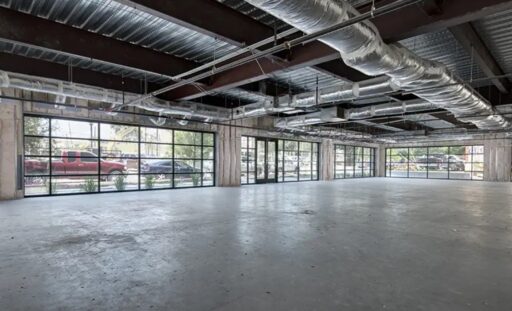
Warm shell
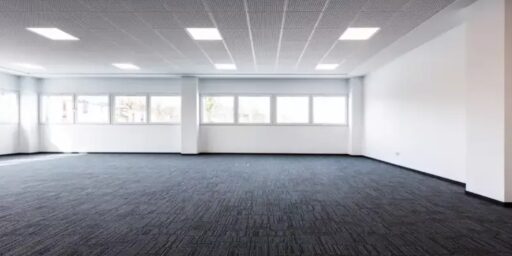
Despite the initial investment, relocating offers opportunities for cost savings and efficiencies in the long run. Companies can leverage the relocation as an opportunity to optimise space utilisation, improve workflow efficiency, and implement energy-saving initiatives.
———-
When considering a refurbishment of an existing space, or a new fit-out it can be beneficial to use an office fit-out specialist who can provide a turnkey solution, rather than using separate suppliers. This has the added benefit of job efficiency and is more cost effective.
Follow us on our socials for design inspiration, team updates and industry insights
![]()
![]()
![]()
